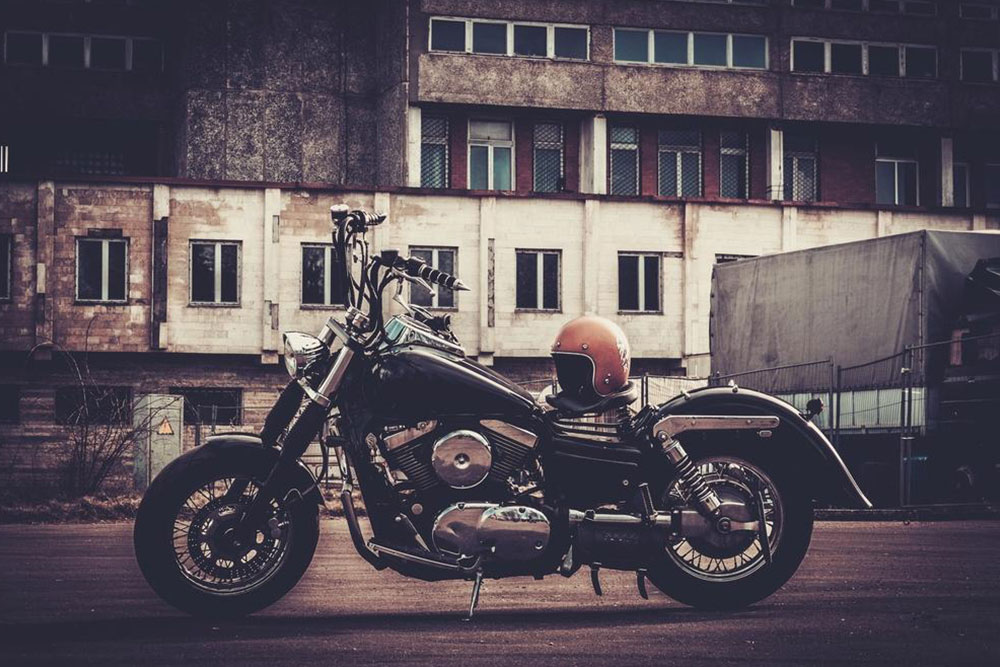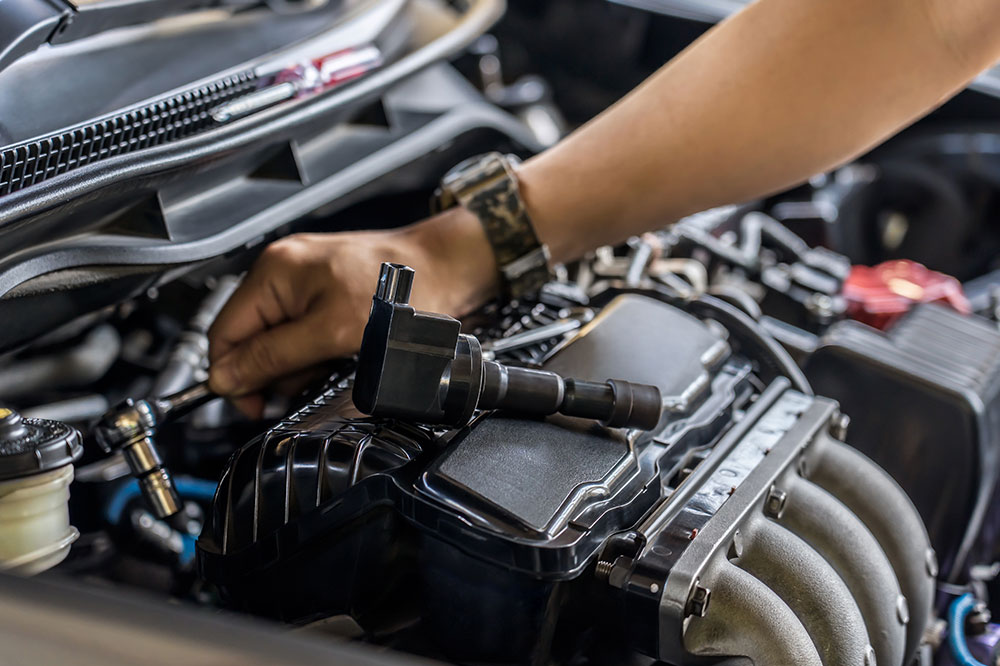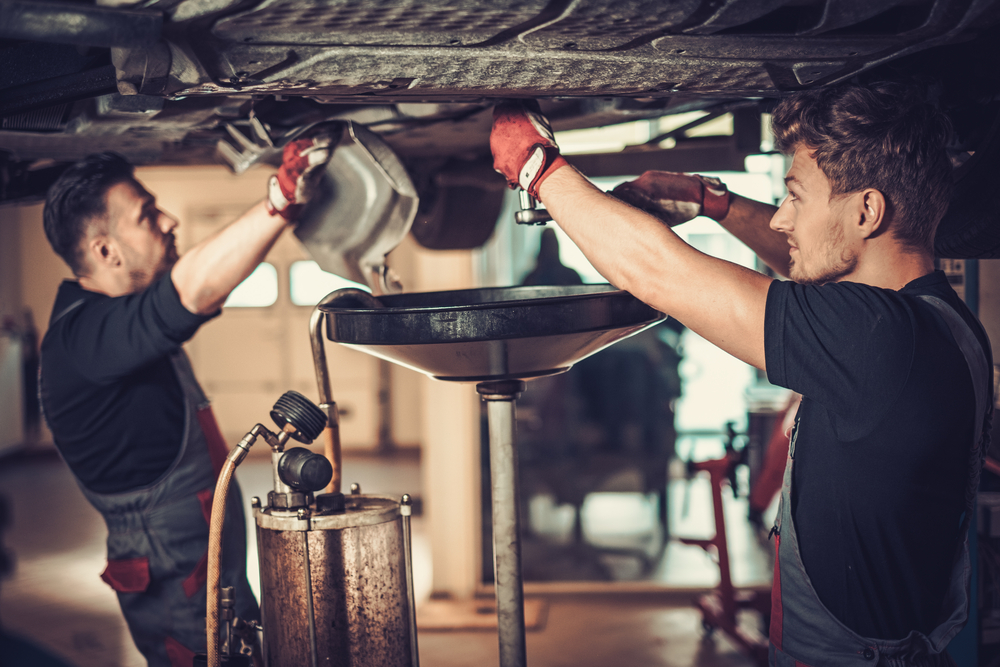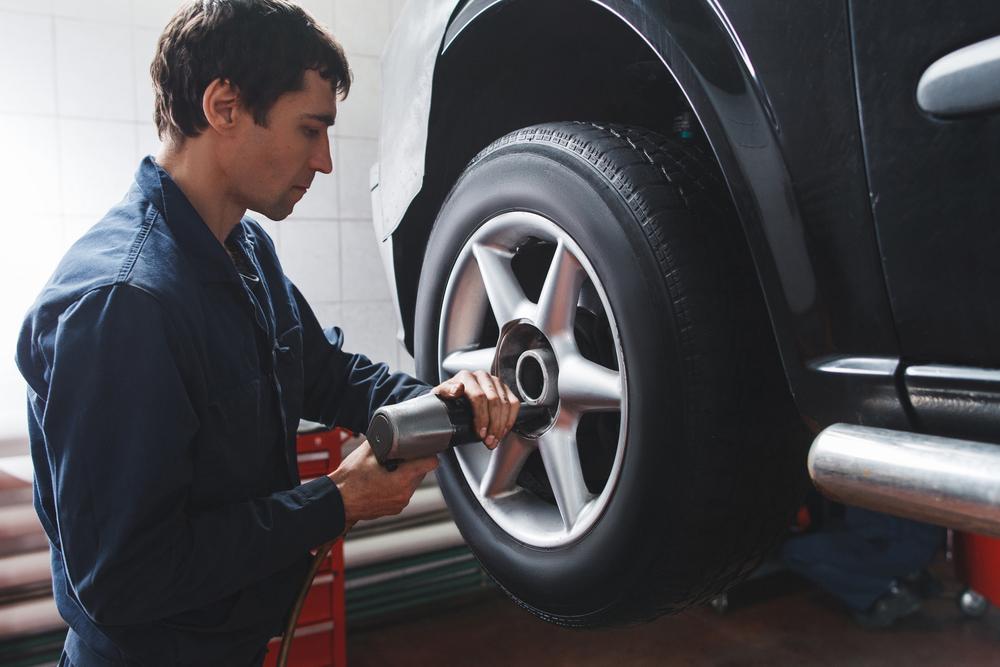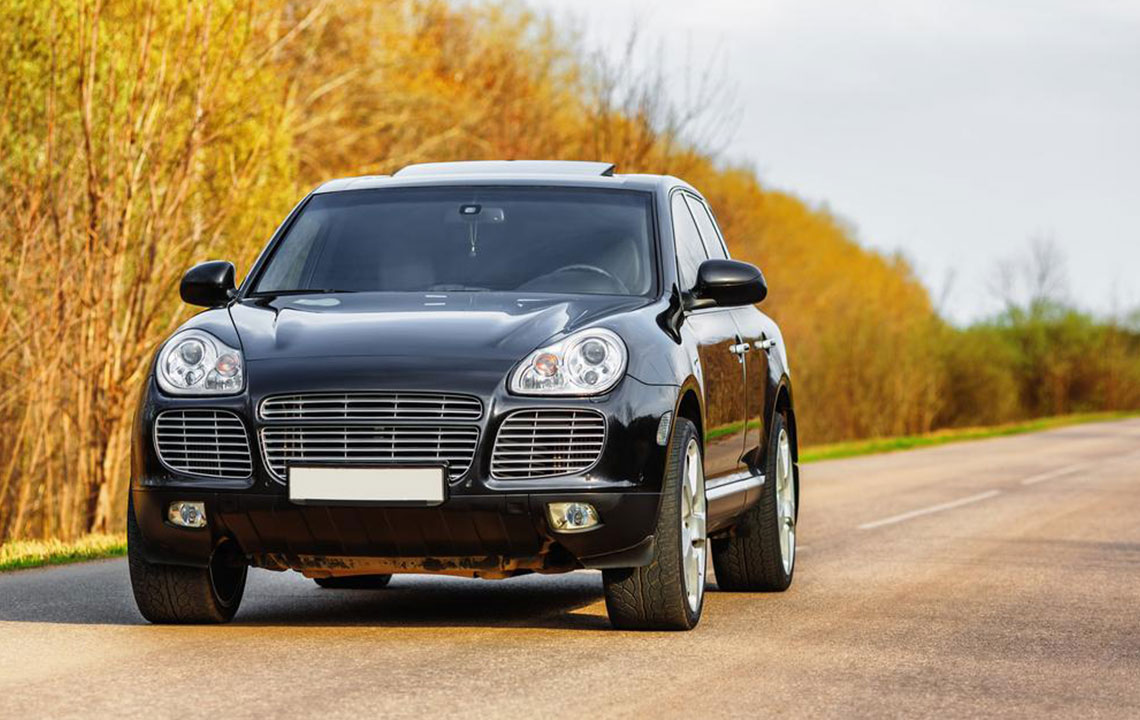Comprehensive Motorcycle Maintenance Guide for Prolonged Performance and Reliability
This comprehensive motorcycle maintenance guide offers essential tips to keep your bike running smoothly and reliably. From tire checks and chain lubrication to coolant and oil changes, proper maintenance is key to extending your motorcycle's lifespan. Learn best practices to ensure safety, enhance performance, and prevent costly repairs. Regular servicing not only prolongs your motorcycle's durability but also ensures a safer and more enjoyable riding experience. This guide provides detailed insights into routine maintenance tasks perfect for motorcycle enthusiasts and daily riders alike.
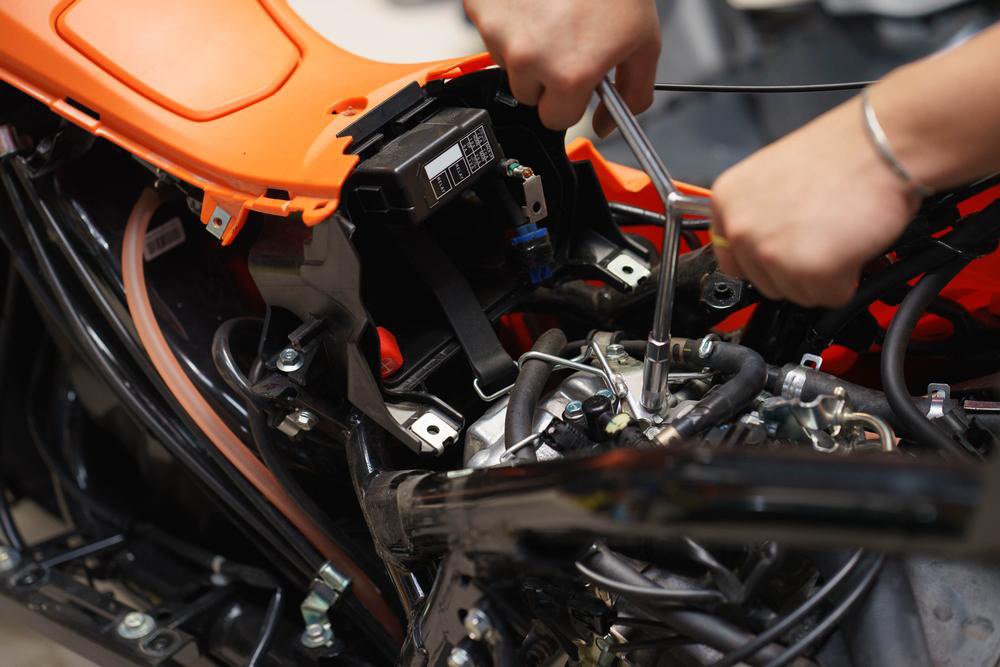
Comprehensive Motorcycle Maintenance Guide for Prolonged Performance and Reliability
Owning a motorcycle is not just about the thrill of riding; it also involves regular and diligent maintenance to ensure safety, performance, and longevity. Proper motorcycle upkeep starts the moment you take your bike home. Regularly lubricating engine parts helps reduce friction, prevent overheating, and maintain smooth operation. However, this lubrication process can also attract dirt, dust, and debris, which, if not managed properly, can degrade your motorcycle’s components over time. Neglecting scheduled maintenance tasks can result in costly repairs, breakdowns, and safety risks. To keep your motorcycle running at peak performance for years to come, adopting a proactive maintenance routine is essential. This comprehensive guide highlights key maintenance tips and best practices to extend your motorcycle's lifespan and ensure a safer riding experience.
Tire Inspection and Care:
Conduct weekly checks on all tires to ensure they are inflated to the manufacturer's recommended pressure. Proper tire pressure optimizes grip, enhances stability, and reduces uneven tire wear. Keep an eye out for cuts, punctures, or embedded objects that could compromise safety. Regular tire inspections are crucial, especially before long rides or after harsh riding conditions. Remember that under-inflated or over-inflated tires can significantly impact handling and fuel efficiency.
Chain Maintenance and Lubrication:
Your motorcycle’s chain is a vital component transferring power from the engine to the rear wheel. Maintain correct chain tension according to the manual, ensuring it is neither too tight nor too loose. Clean the chain regularly to remove dirt, grime, and old lubricant, which can cause premature wear. Apply a high-quality lubricant suitable for your riding environment, especially after cleaning, to keep the chain smooth and corrosion-resistant. Proper chain maintenance guarantees seamless gear shifts and prevents costly damage to sprockets and the gearbox.
Battery Maintenance and Care:
The battery, often located under the seat or fuel tank, is essential for starting your motorcycle and powering electrical systems. Regularly inspect the battery terminals for corrosion, loose connections, or damage. If your bike struggles to start or the electrical system malfunctions, the battery may need recharging or replacement. Remove the battery carefully, top up with distilled or de-ionized water if applicable, and charge using a compatible charger. When the battery reaches its lifespan, consider upgrading to a sealed or maintenance-free model for convenience and reliability.
Coolant Level and System Optimization:
The cooling system plays a pivotal role in preventing engine overheating. Refer to your motorcycle’s manual to locate the coolant reservoir. When the engine is cold, drain the old coolant and refill with a mixture of high-quality anti-freeze and de-ionized water up to the specified level. Regularly check for leaks or signs of corrosion in the cooling system, and flush the system periodically, typically once a year, to ensure optimal heat dissipation and engine health. Proper coolant maintenance aids in maintaining consistent engine temperatures, especially during long rides or in hot climates.
Oil and Filter Changes for Enhanced Engine Longevity:
Engine oil is vital for lubrication, cooling, and protecting internal engine components. Adhere to your manufacturer’s guidelines for oil types and change intervals. Warm up your engine before draining the old oil to facilitate complete removal of contaminants. Replace the oil filter simultaneously to prevent dirt and debris from circulating in the engine. Use premium-quality, manufacturer-recommended oil to ensure smooth operation and fuel efficiency. Regular oil changes—typically every 3,000 to 5,000 miles or as advised—are key to prolonging engine life and maintaining peak performance.
Spark Plug Inspection and Replacement:
Spark plugs ignite the fuel-air mixture in your engine cylinders, directly impacting combustion efficiency. Inspect spark plugs periodically, especially after certain mileage milestones, and replace them as specified in your motorcycle’s manual. Worn or faulty spark plugs can cause misfiring, reduced power, poor fuel economy, and difficulty in starting the bike. Use the correct spark plug code or part number to ensure compatibility. Properly functioning spark plugs contribute to optimal engine performance, emissions control, and smooth acceleration.
